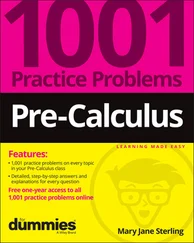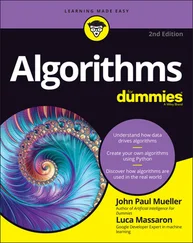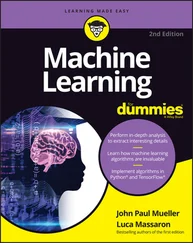When the sky is clear of pollution, however, there are some marvelous things going on. Effects like rainbows and sun dogs and haloes that form around the Sun and the moon have been drawing rave reviews as long as people have been looking up. Part 5describes how the atmosphere bends the light and plays all sorts of tricks on our eyes.
Are you thinking about getting up close and personal with the weather? This part also describes cool weather experiments and famous weather experimenters and takes a look at what you need to set up your own weather station.
There is weather, and then there is weather. Once in a while, a storm or climate event like a drought comes along that is so terrible that it is remembered from one generation to another. It makes history. Part 6takes a look at the most destructive storms in recent memory in the United States and around the world that made the weather hall of fame.
Before there was weather science there were other ways of trying to figure out what the atmosphere was up to. This part also gives you a good look at weather lore, some of the famous sayings and proverbs and signs that have been passed down through the ages.
Where do you go from here? Weather data and other information about the weather is a huge part of the Internet, and in the Appendix, you can find a list of major weather websites to get you started in the right direction.
Chapter 2
Forecasts and Forecasting
IN THIS CHAPTER
 Weathering the forecast
Weathering the forecast
 Wising up to the key words
Wising up to the key words
 Trying out the tools
Trying out the tools
 Going places with a weather map
Going places with a weather map
Accurately and precisely forecasting weather is a very hard thing to do. In fact, a 100 percent accurate forecast is impossible. (Find “The Butterfly Effect” in this chapter and see why.) Look into the history of almanackers and fortune-tellers of the 19th century, and you will realize that people have wanted reliable weather forecasting long before they could get it. Even early scientists who began to understand the weather thought that forecasting its future was out of the question.
The local forecast may seem easy and breezy, but before it gets to the Internet and the screens of our mobile devices or TVs, a lot of hard science and heavy-duty number-crunching has been going on. My people at the Go Figure Academy of Sciences (GoFAS) tell me that meteorology, the study of the atmosphere, is harder than rocket science. (Check out the sidebar about GoFAS for the real lowdown on this imaginary institution.)
Think of it this way: When it blasts off its launch pad, the first thing scientists want their rockets to do is get out of the atmosphere, to leave behind all the turbulent mess of swirling gases surrounding Earth. (As you may have noticed, a rocket that doesn’t do this is quickly in big trouble!) As soon as it can, it enters the quiet, predictable vacuum of space.
A meteorologist, on the other hand, never gets out of this mess of blowing gases we call the atmosphere. This chaotic environment makes the job of a meteorologist a lot more complicated. A research meteorologist not only has to know everything a rocket scientist knows about the physical laws of motion and mass, about gravity and what-have-you, but also about chemistry and fluid dynamics.
And the mathematics, well — let me put it this way: Meteorologists have bigger computers.
Some of the most powerful supercomputers in the world are devoted to figuring out what the weather is going to be like one day to the next. You wouldn’t believe everything that goes into making a modern, state-of-the-art, accurate weather forecast. But, in this chapter, I’m going to tell you anyway!
Before the advent of electronic computers in the 1950s, weather forecasting was a much more difficult and, frankly, less accurate service. In those days, weather forecasting developed a reputation for inaccuracy that still haunts the business. Some early television forecasters even used puppets and other light-hearted distractions to ham up their presentations. The idea was that predictions were not expected to be taken too seriously.
Many forecasters in those days used a method that relied on maps of other days’ weather. They would draw a map locating areas of high and low pressure, warm and cold air masses, and moving storm fronts. Then they would page through big collections of earlier maps in search of patterns that most closely resembled the weather they saw before them. This was standard procedure: The map with the best fit would serve as an analog of what to expect from the current day’s pattern. A certain amount of personal experience and reputation and even “hunches” went into it. After decades of forecasting weather, this was the state of the art. Sometimes this analog method produced a fairly accurate prediction of the day ahead, and sometimes it didn’t.
Looking back, it is easy to see now that early forecasters were attempting to do something that just wasn’t humanly possible. The problem they were trying to solve was too big for their science. For one thing, their data was too sparse, their picture of the atmosphere was too sketchy. Even if they had more data, they didn’t have a way to manipulate the information fast enough to stay ahead of the passing weather.
THE GO FIGURE ACADEMY OF SCIENCES
Weather science can be a complicated and difficult subject, so I figured Weather For Dummies ought to have its very own think tank. So, well … I made one up. It’s the Go Figure Academy of Sciences (GoFAS), and it’s all mine. It can be yours, too, if you want it. I took the best people I could find and put them to work in my own place.
It looks a little like the World Weather Building that the National Weather Service occupies outside of Washington, D.C. (see figure). It also looks a little like the Massachusetts Institute of Technology, except my dome comes to a sharper point. Anyway, I think it looks pretty great!
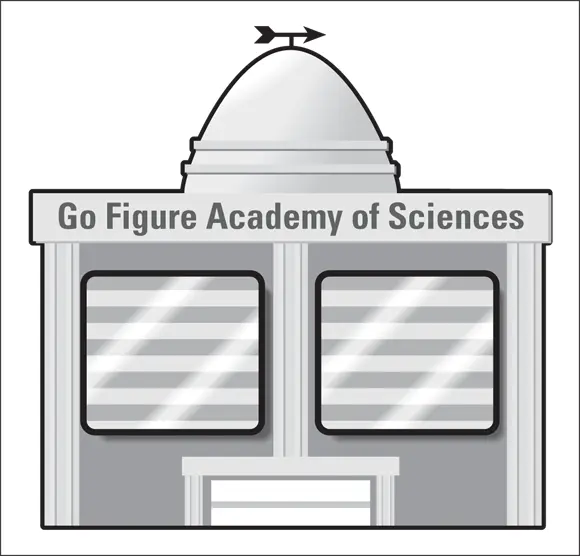
Computer technology changed meteorology from top to bottom — nowhere more dramatically than in the field of weather forecasting. For the first time, with high-speed computer modelling of conditions in the atmosphere, forecasters had a way to quickly manipulate high volumes of in coming and out going data. No more puppets. No more song and dance. Everything depends on the quality of the models, of course, and since the 1950s, much of the time and money have been spent on computer hardware and software — making the models more sophisticated and sensitive to changes in the atmosphere.
Like the atmosphere itself, forecasting its behavior now is global in scope. National and private commercial forecasting services around the world maintain large, complex supercomputer simulations of the atmosphere and produce important global or regional forecasts. Two of the best known and most widely used are the global models produced by the U.S. National Weather Service (the Global Forecast System) and the European Centre for Medium-Range Weather Forecasts (known as the European Model). Weather forecasting is a much bigger science and a bigger business than it used to be.
Читать дальше
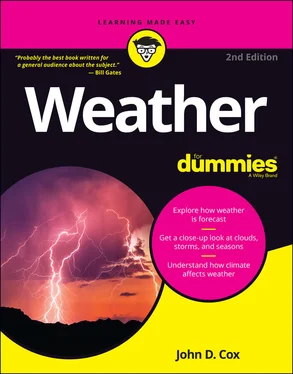
 Weathering the forecast
Weathering the forecast

